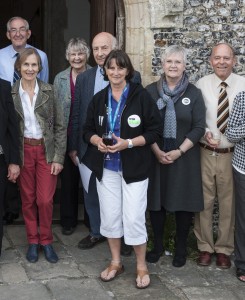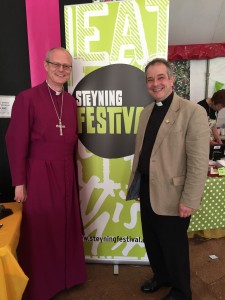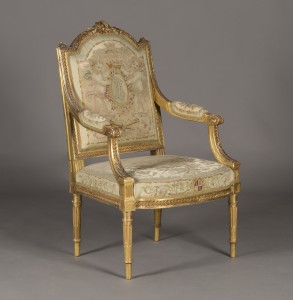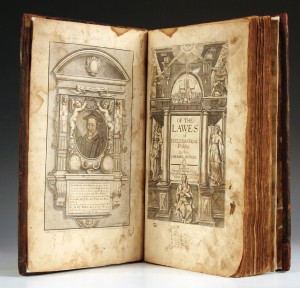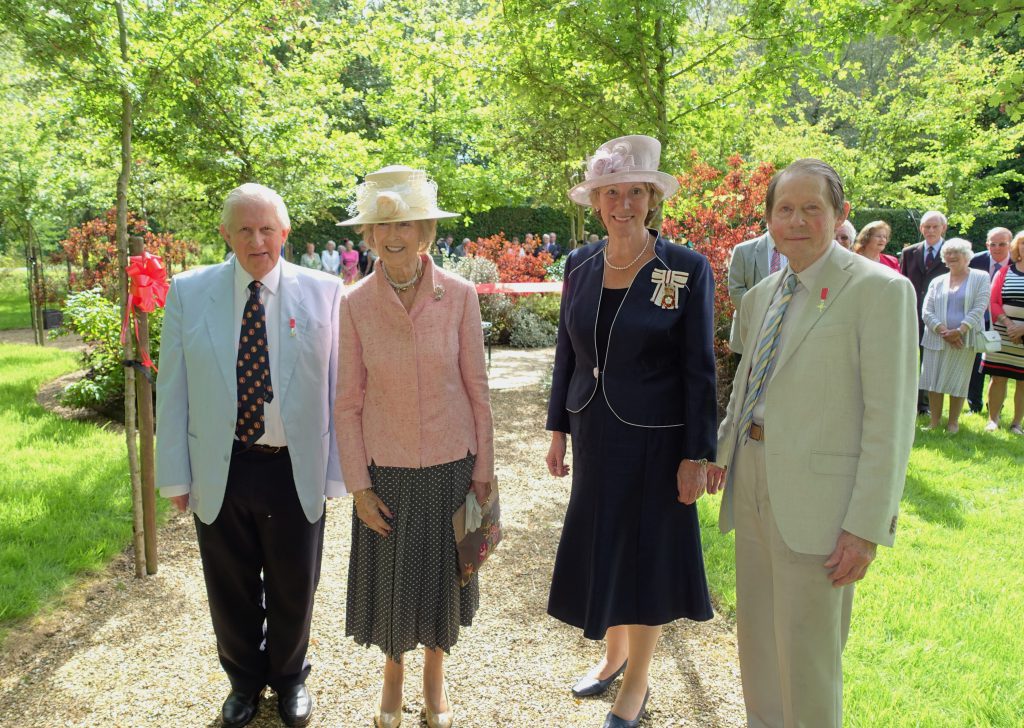
It is a bright early Summer afternoon as Her Royal Highness Princess Alexandra of Kent opens the new King’s Garden in the company of the Lord Lieutenant of West Sussex, Susan Pyper, Peter Thorogood, Roger Linton and the volunteers at St Mary’s House and Gardens, Bramber. Heritage, hard work and community are affirmed and celebrated.
Peter Thorogood., MBE and Roger Linton., MBE, bought the house and gardens in 1984. Their passion for this wonderful place is infectious. They have created and gathered a community of people around the house and gardens. This team of volunteers have also offered their resources, time and talents to the repair, restoration and maintenance of this important house and garden.
Peter Thorogood has just celebrated his 90th birthday. I offer my congratulations on his birthday and work at St Mary’s. He responds self-effacingly noting the “hard work of the volunteers” and the camaraderie of all who have been involved in the house and gardens. These sentiments are echoed by Roger Linton who reflects upon how he gains such “pleasure from their pleasure”.
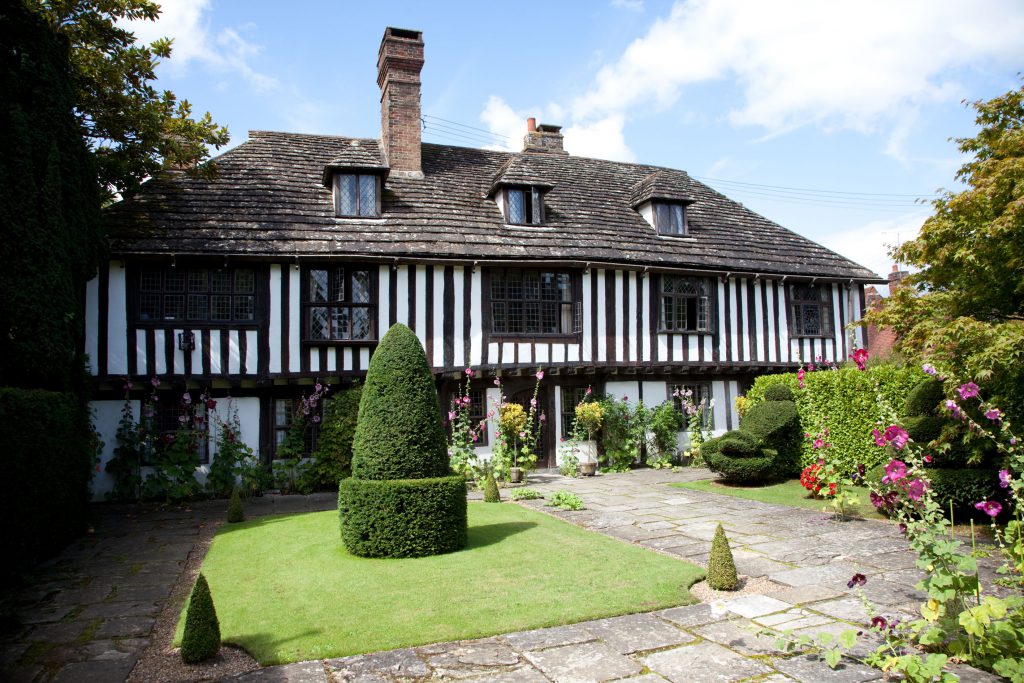
Whilst we await the arrival of the Princess I join the volunteers in the tea rooms. The great affection in which they hold Peter and Roger quickly becomes apparent. They clearly value the friendships and sense of community which underpins the work of St Mary’s.
HRH Princess Alexandra is shown around the house and gardens. She pauses in the Jubilee Garden to admire the Princess Alexandra of Kent roses and the Acer palmatum shindeshojo which has been planted to mark her visit.
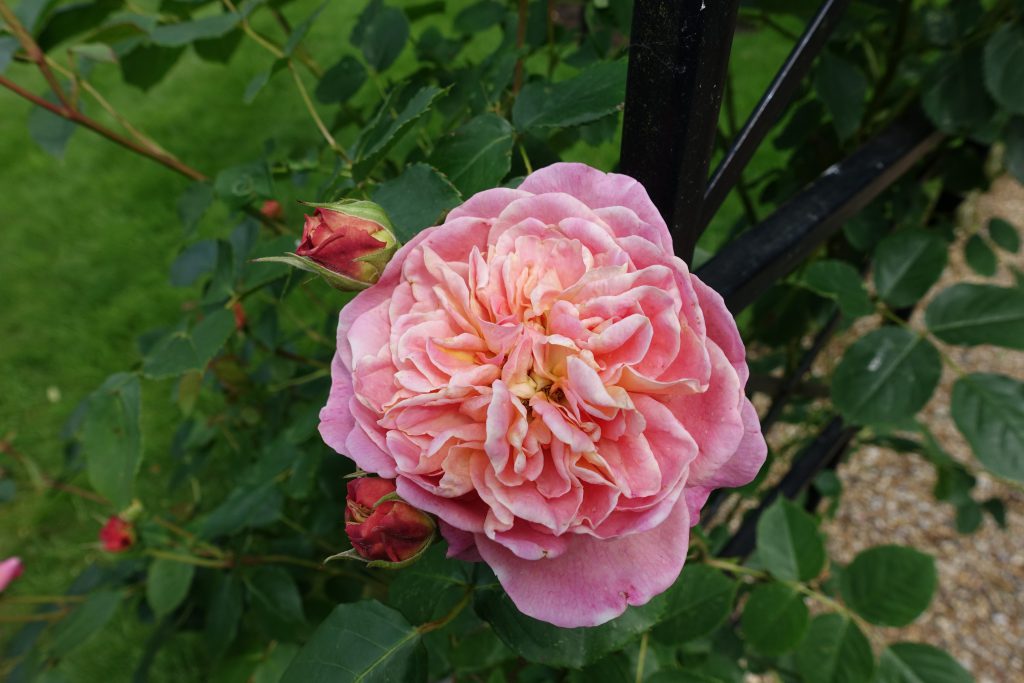
The King’s Garden also shares a royal theme and has been designed by Roger Linton to commemorate Prince Charles, later Charles II’s escape through Bramber village to Brighton and then to Shoreham from where he would sail into exile in France. It is said that Charles eluded the Parliamentarian forces at both Houghton and Bramber by disguising himself as Colonel George Gunter’s servant and leading his horse. At the heart of The King’s Garden is a sapling oak whose lineage goes back to the famous Boscobel Oak in which Charles II hid after the Battle of Worcester in 1651.
St Mary’s House and Gardens has a vital and continuing role in our community. Its story encompasses and tells the story of our county’s place in the history of our nation.
The vision, dedication, hard work and generosity of Peter Thorogood and Roger Linton has permanently written their names into the story and history of this grand old house and her gardens.
These generous custodians have always wanted to share St Mary’s with others and it is their intention that St Mary’s will remain accessible and at the heart of the local community for future generations.
St Mary’s House and Gardens, The Street, Bramber, BN44 3WE, are open to the public for the 2017 season. For further details of opening times, concerts and events visit www.stmarysbramber.co.uk or telephone 01903 816205.
By Rupert Toovey, a senior director of Toovey’s, the leading fine art auction house in West Sussex, based on the A24 at Washington. Originally published in the West Sussex Gazette.

